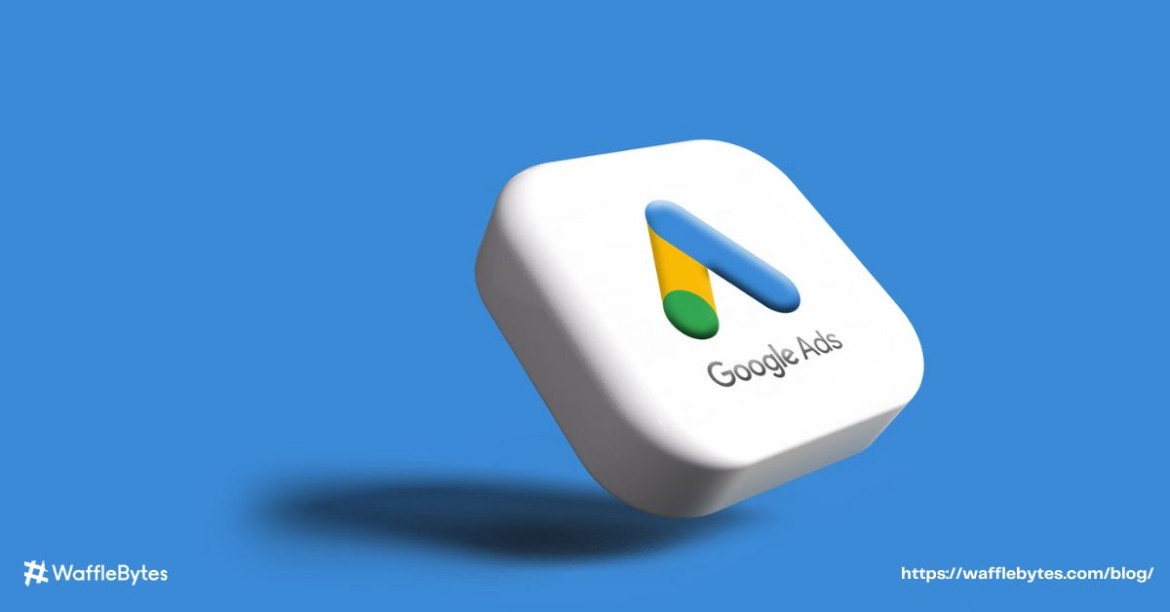If you own a travel agency that provides travel services to travelers, you are probably wondering how to get your travel packages in front of your customers through Google Ads.
Getting customers through search engine marketing is easy for the travel industry, and you need the right Google ads strategy that is implementable.
Luckily, we’ve been doing this for our clients for years, so we’ve learned a thing or two about PPC strategies for the travel industry.
In this article, we will share the complete Google ads strategy for travel and tourism agencies.
Find Keywords
You cannot have a Google ads strategy without knowing what your customers are searching for. Maybe your customers search for “travel packages to Manali” or “Manali packages under 5000“.
So the first step is to find out which keywords are worth bidding for and relevant to your travel packages.
You can use Google Keyword Planner to research keywords, giving you the estimated traffic on a particular query and new related keywords.

Location Targeting
Before running any paid search campaign for your business, you need to find out the location of your target audience. And which city or state has more searches related to visiting Manali.
So why is it essential to find out the location of your audience?
For example, you decide to promote “Manali tour packages” through Google search ads. And you would not want to show your ads to people who live in Manali or are currently in Manali.
How to find the location of your potential customers?
To do this, we use a tool provided by Google called “google trends.”
Google Trends is a tool that gives you search information by city, state, and country for your paid search campaigns.
As shown in the image below, Gujarat, Maharashtra, Himachal Pradesh, and Delhi have high searches. This data indicates that Gujarat, Maharashtra, and Delhi are the best states to run paid campaigns for the Manali package.

Along with search data, Google Trends provides you with seasonal data. The seasonal data will help you estimate the peak time most people visit Manali.
Audience Segments & Interests
After keyword research and geographic analysis, the third step is to choose the interests and habits of your target audience.
There are five types of audience segments in Google Adwords.
- Detailed Demographics: In this section, you can choose the audience’s parental status, marital status, education, employment, and home-ownership status.
- Affinity: In this segment, you will get the audience’s interest, habits, and past activities on the web.
- In Market: This is the most profitable segment because you will find customers actively researching or planning.
- Your Data & Similar Segments: This segment is used for retargeting website visitors and app users.
- Combined Segments: This section is used to build customer personas based on age, gender, and household income.
Location Landing Pages
Landing pages are the most important part of achieving your goals through Google AdWords. 70% of the success of your paid search advertising depends on the landing page.
For travel agencies, the first priority is to create a separate landing page for each state or even city.
So remember to create a landing page for each state before running any paid search campaigns. This helps you maintain your ad score and relevance.
Landing pages by location will also help to rank higher on Google organically.
Paid Search Campaign Strategy
This is a example of paid search campaign for “Manali Tour Packages” that we have used for years.
Generic Search Campaign
As the word “generic search” suggests, we have to target those people that are searching without brand mentions and common queries like:

Campaign Objective
In this campaign, we’ll choose our goal between leads and website traffic from Google Search.
- Website Traffic – If you choose the campaign objective Website Traffic, then Google sends traffic to your website on the given keywords.
- Leads – This objective is based on the ROI Google shows your ads to which audiences are more likely to convert.
So what should you choose? In your opinion, selecting Lead as an objective for a travel agency is suitable.
Audience Segments
In the Audience segment, we will select the In-market audience for generic search campaign. That means we should target those people actively searching or planning to visit Manali.
The in-market segment helps you target people who are currently searching for Manali trip-related queries.
Create Ad
Create 2 ads in a generic search campaign, the first one is a standard search ad and the second one is a dynamic search.
Standard Search Ad:
In this type of ad, you do your own skill and research to create an attractive ad. This includes catchy headlines, descriptions and site link extensions.
Dynamic Search Ad:
In this ad, Google will thoroughly crawl your site to generate the headline, and modify it according to each searcher.
In Conclusion
The biggest thing to remember for paid search ads is that it takes a lot of time and experimentation. I always recommend starting over time and getting better. Don’t wait until you think you know everything.
Also, be sure to give each ad and funnel enough time to really determine effectiveness. Too many agents turn off or drop an ad before there is enough data to see if it was an ad that wasn’t working or was too small of a target audience.
If me something please comment bellow, we will answer your all questions.

